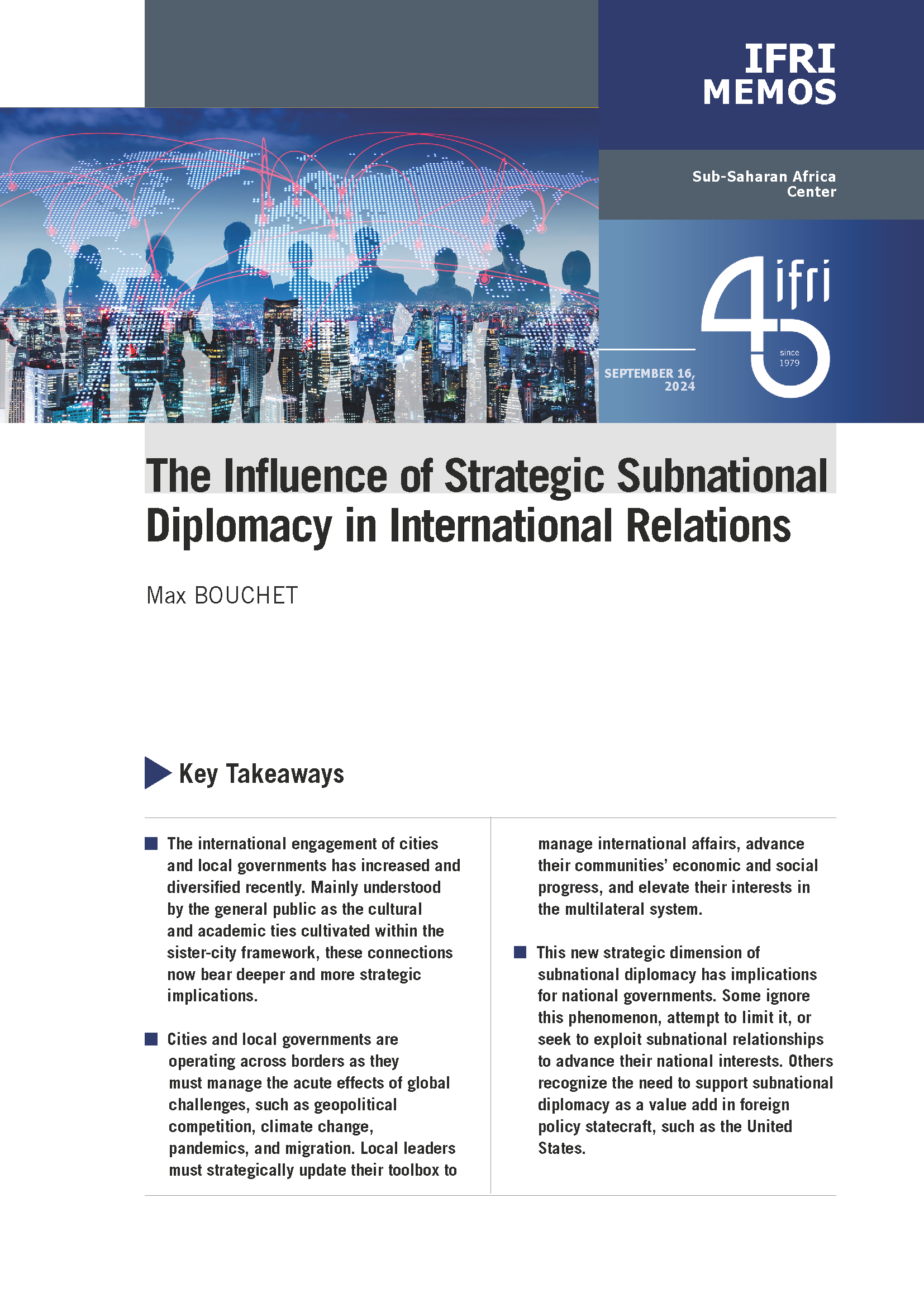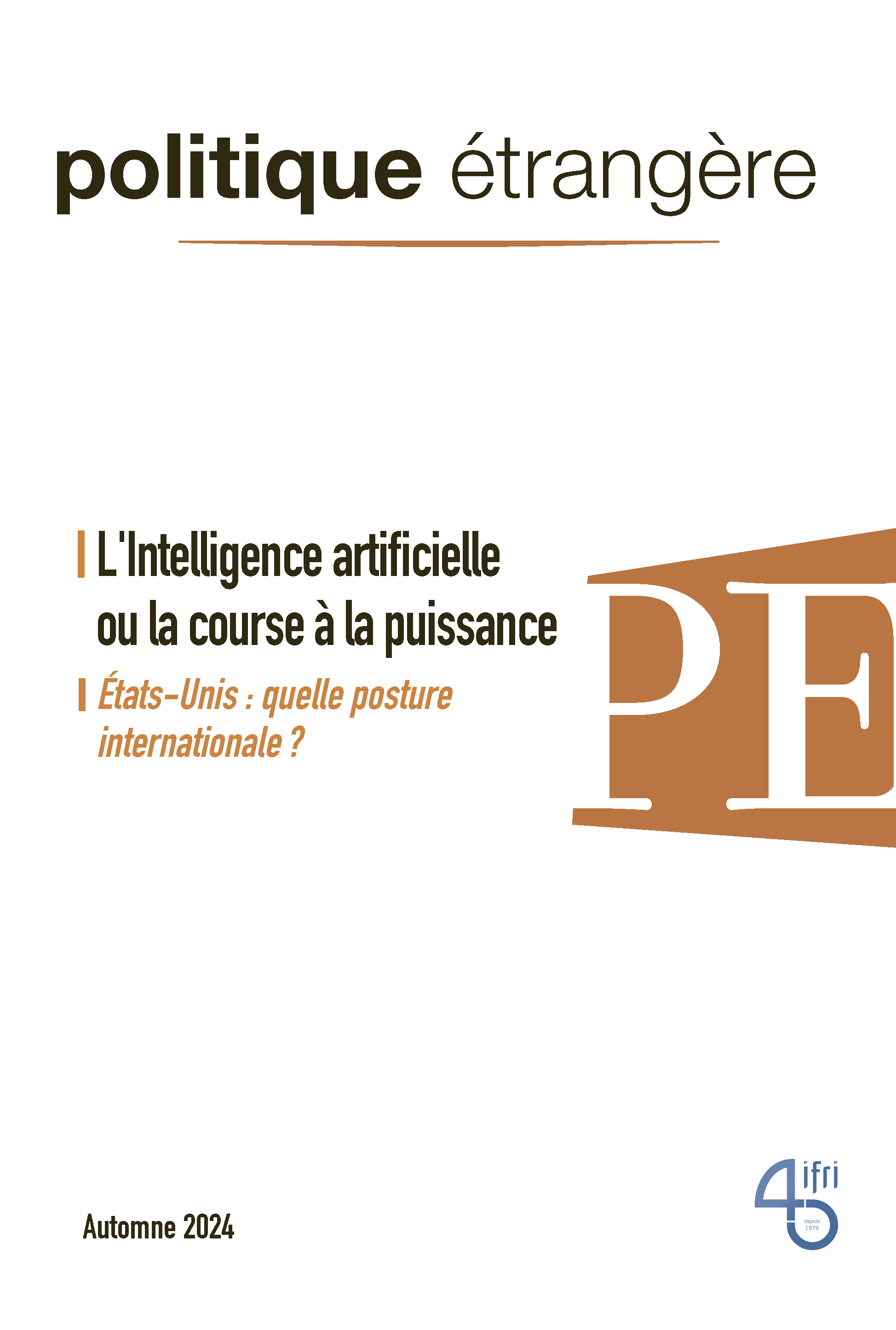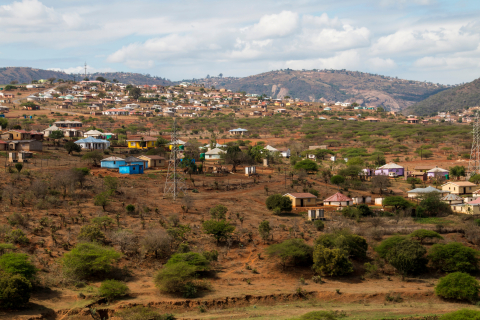Crowded and Dangerous Orbits: European Space Governance at a Time of Potentially Saturating Programs
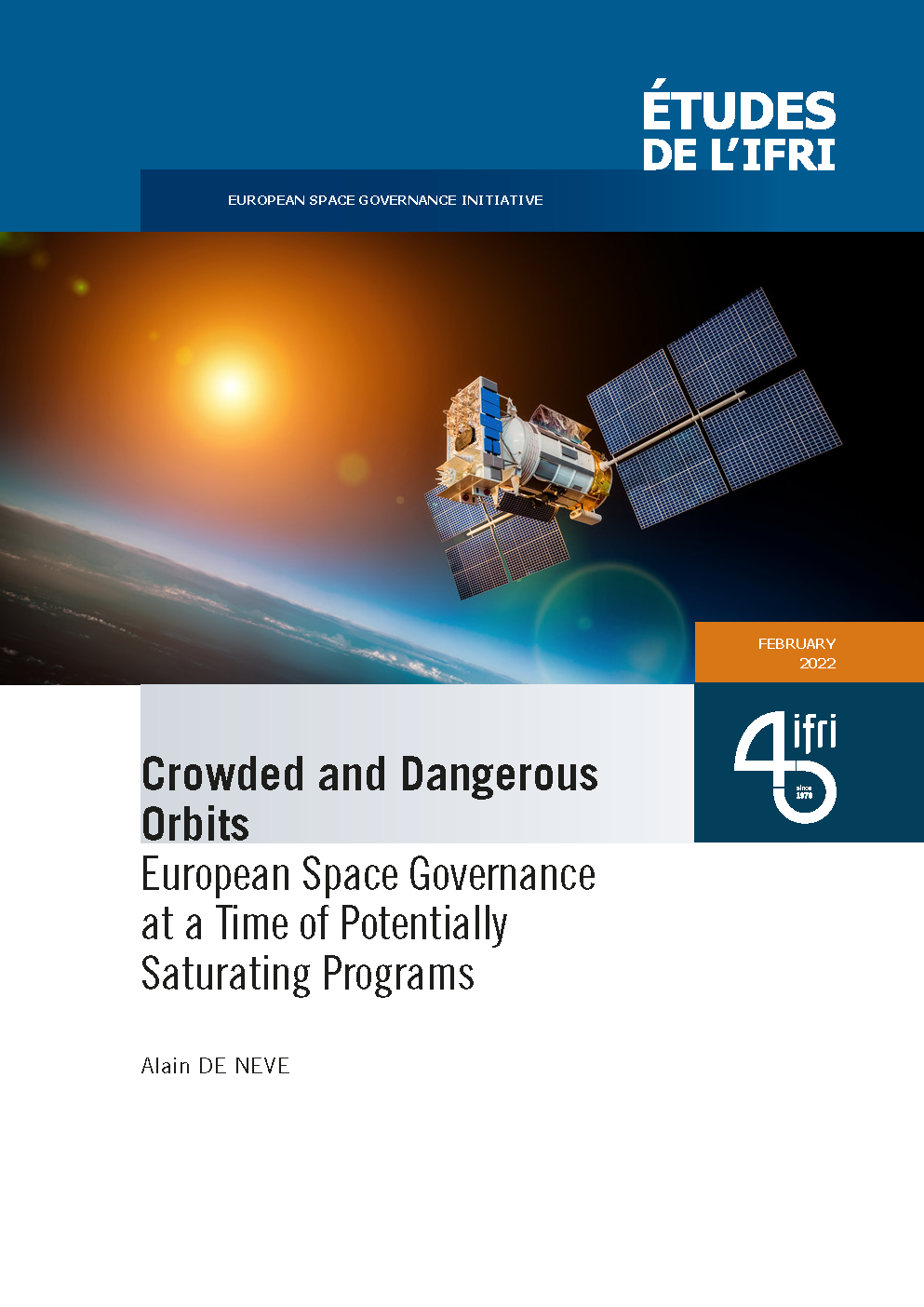
The unprecedented growth of space activities, the multiplication as well as diversification of players involved in the exploitation of outer space, and even, more generally, the dependence of all sectors of activity on space infrastructures are some of the main phenomena that have led to a progressive overuse of orbits and to saturation in the frequency spectrum.
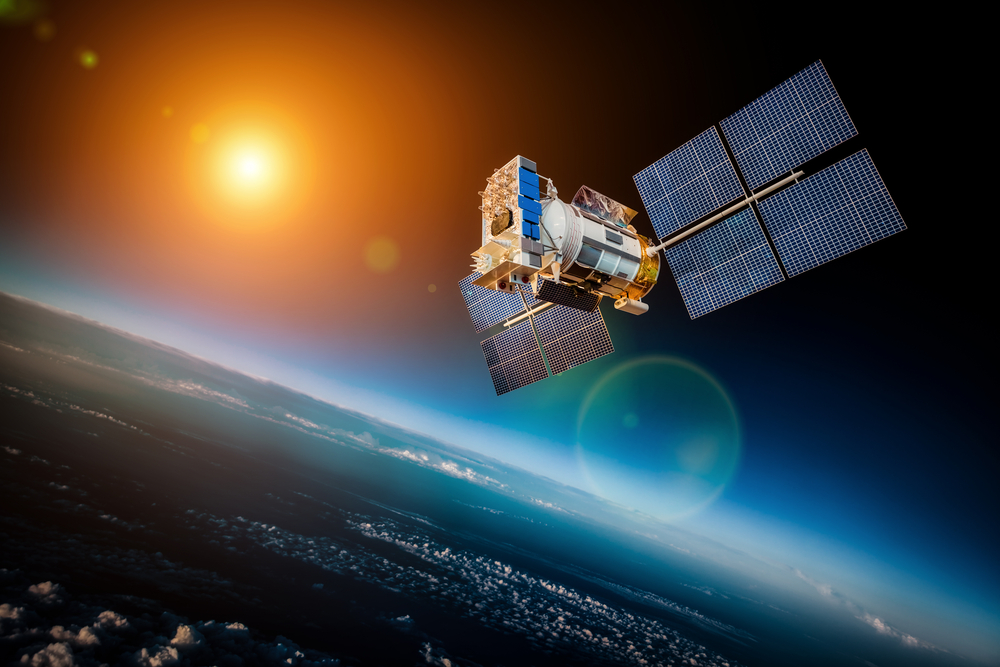
Considered by international law, and in particular by the International Telecommunication Union (ITU), as limited natural resources, Earth orbits – and more specifically the geostationary orbit (GEO) – are currently at the heart of fierce competition between states and private companies that have developed their own space policies (SpaceX, Blue Origin).
The objective of the present note is twofold. In the first chapter, we look at the main transformations that have affected the space milieu since the eve of the 21st century. We also observe how such challenges affect the status of orbit and frequencies in relation to international law. We briefly recall the international law provisions dedicated to the methods of allocating space orbits and frequencies associated with the placement of satellites. The last part of this first chapter is more specifically devoted to the space debris issue and to the initiatives engaged in order to mitigate it.
As a corollary, Space Traffic Management (STM), and the way Europe is approaching it, is at the core of our argument in the second chapter. As we will discuss, in less than a decade, the STM issue has become a growing concern for the European Union and the European Space Agency (ESA) as the number of Anti-satellite weapon (ASAT) tests and other hostile maneuvers in space has multiplied. In the same period, new actors from the private sector have given rise to a new space activism that has resulted in the multiplication of launchings and of human objects placed in orbit. This second chapter takes stock of the actions undertaken by the EU, the European Space Agency, and their respective member states to break free from US dependency.
Alain De Neve, who graduated in “Advanced Studies in Political Sciences” (option: International Relations) from the Catholic University of Louvain, is a researcher specialized in technological development issues in the field of defense in the Royal Higher Institute for Defence (Brussels).
Download the full analysis
This page contains only a summary of our work. If you would like to have access to all the information from our research on the subject, you can download the full version in PDF format.
Crowded and Dangerous Orbits: European Space Governance at a Time of Potentially Saturating Programs


